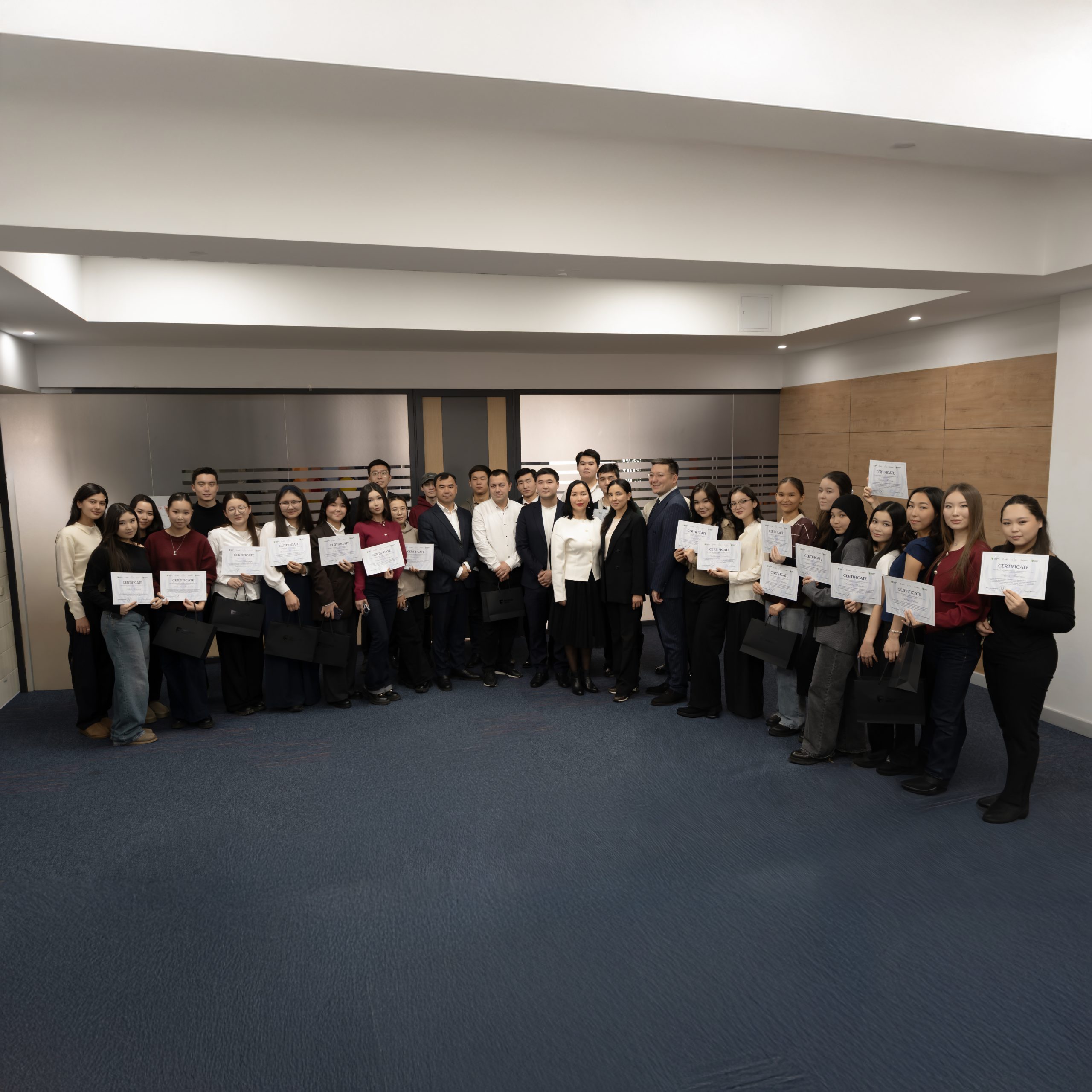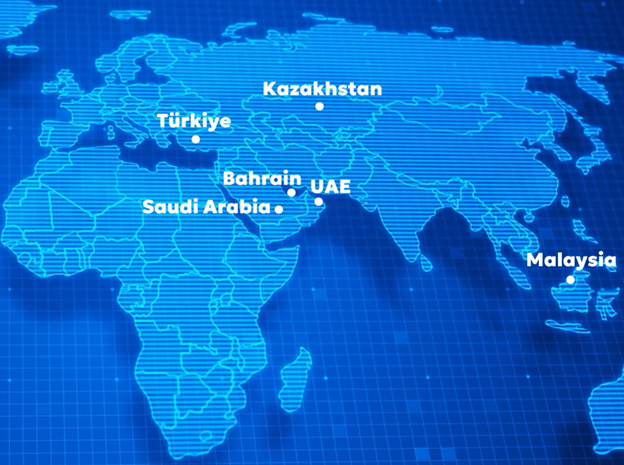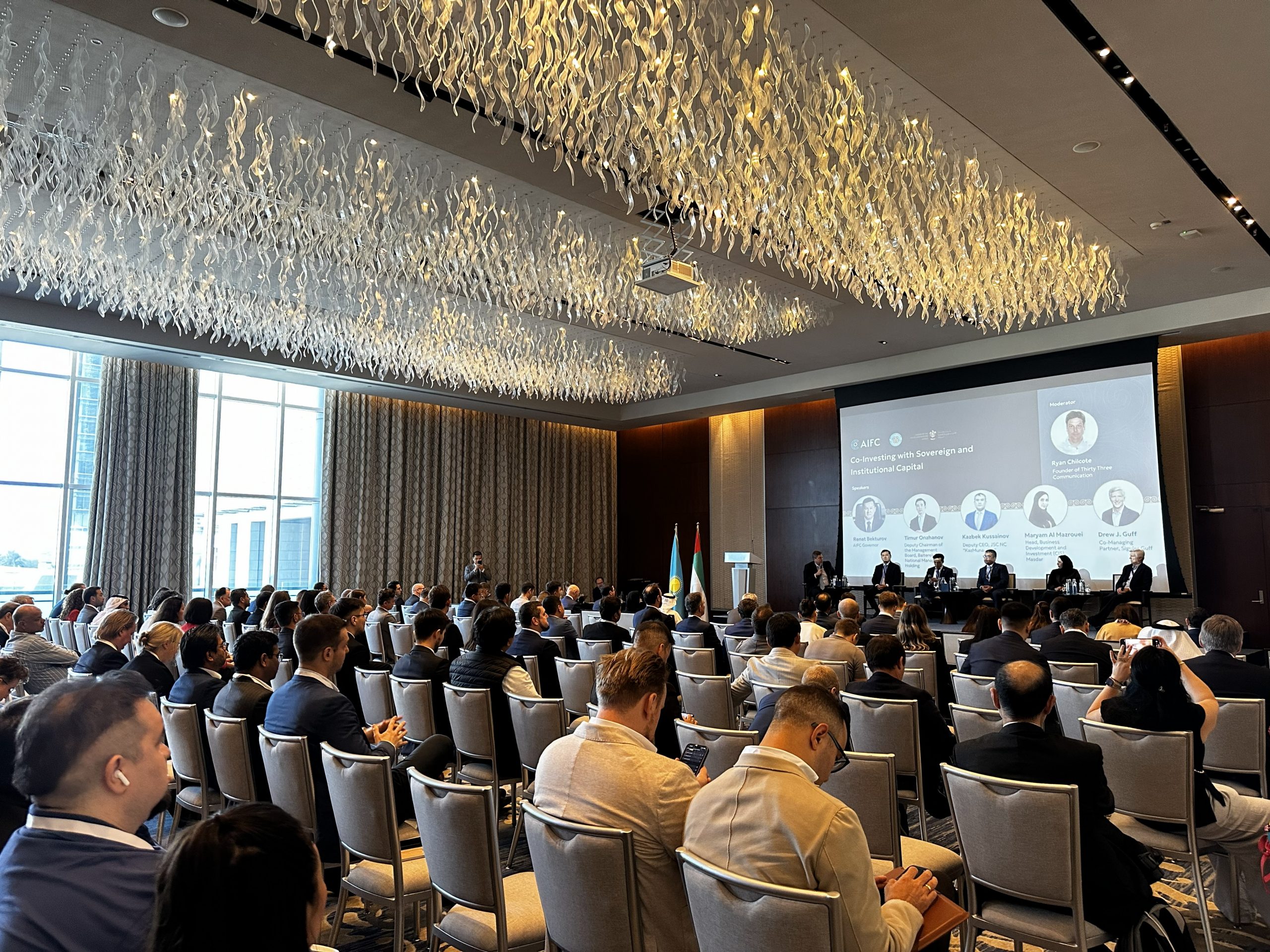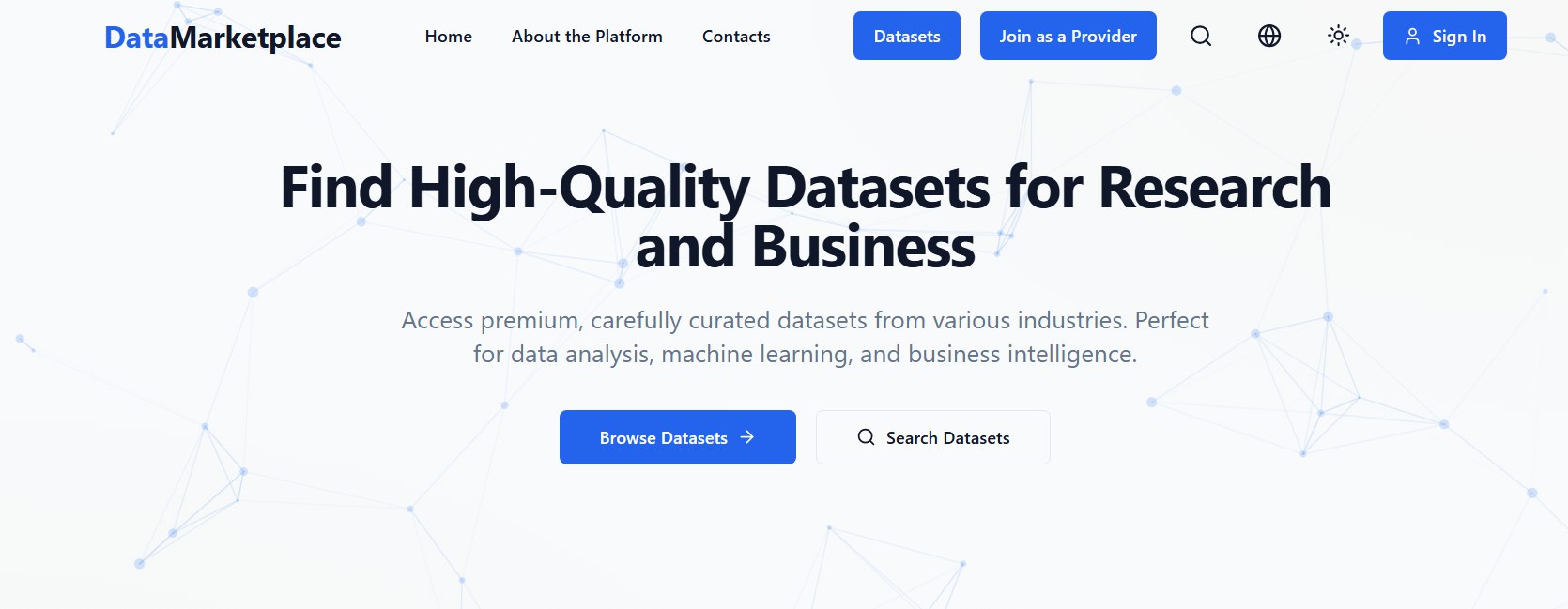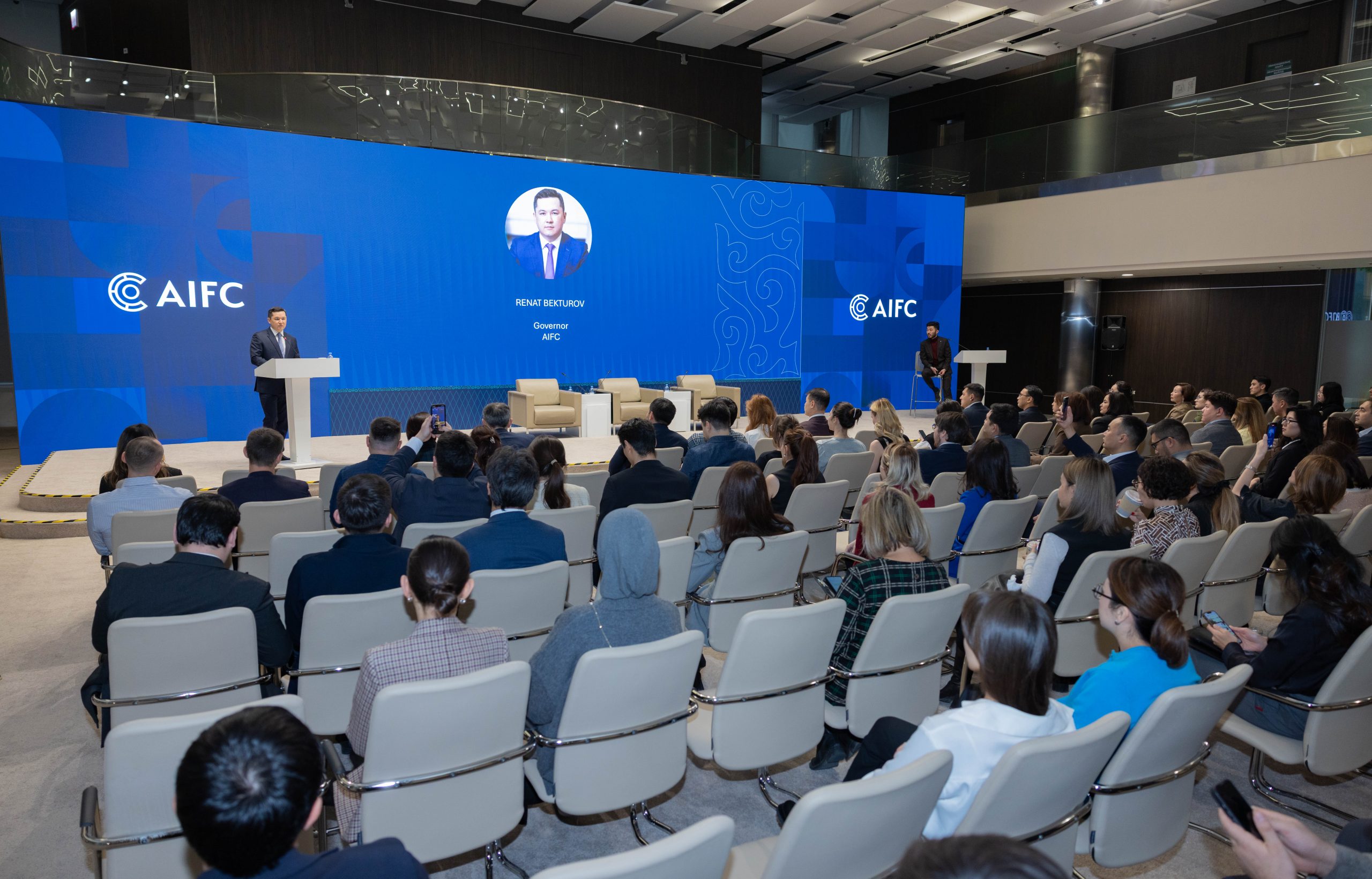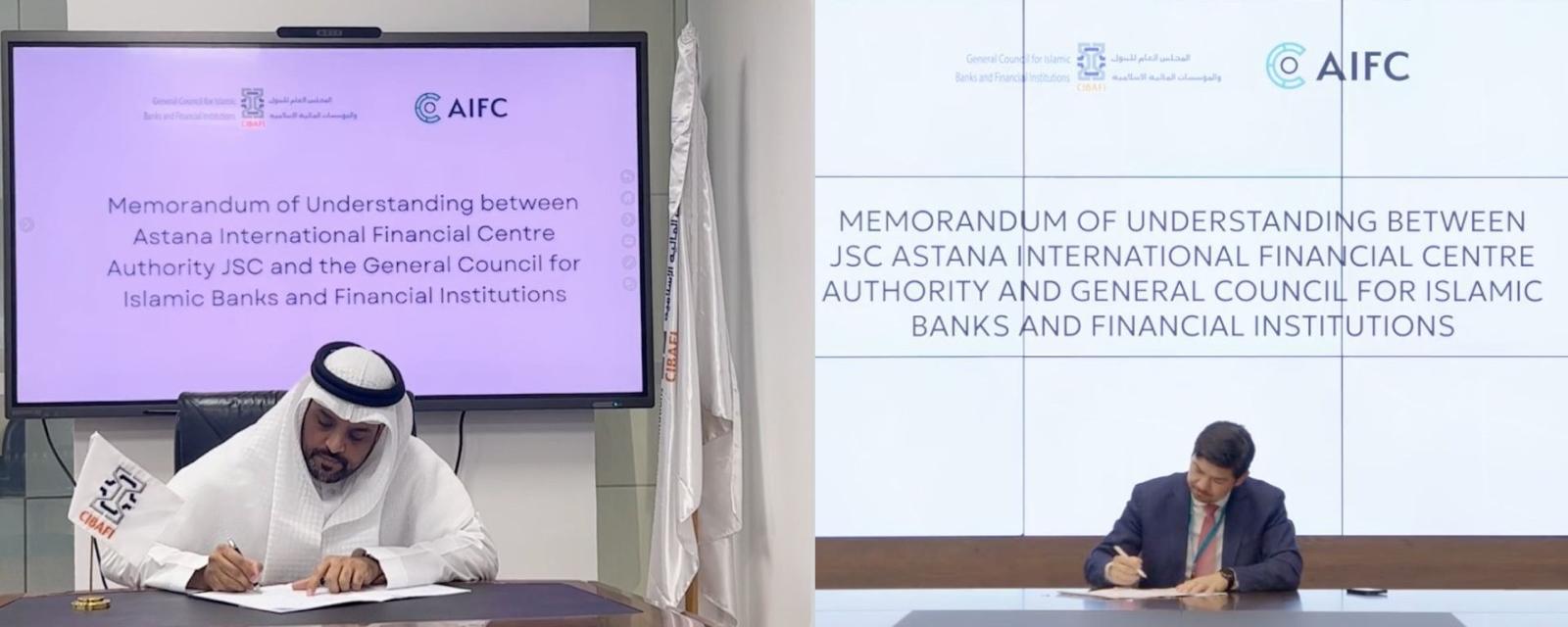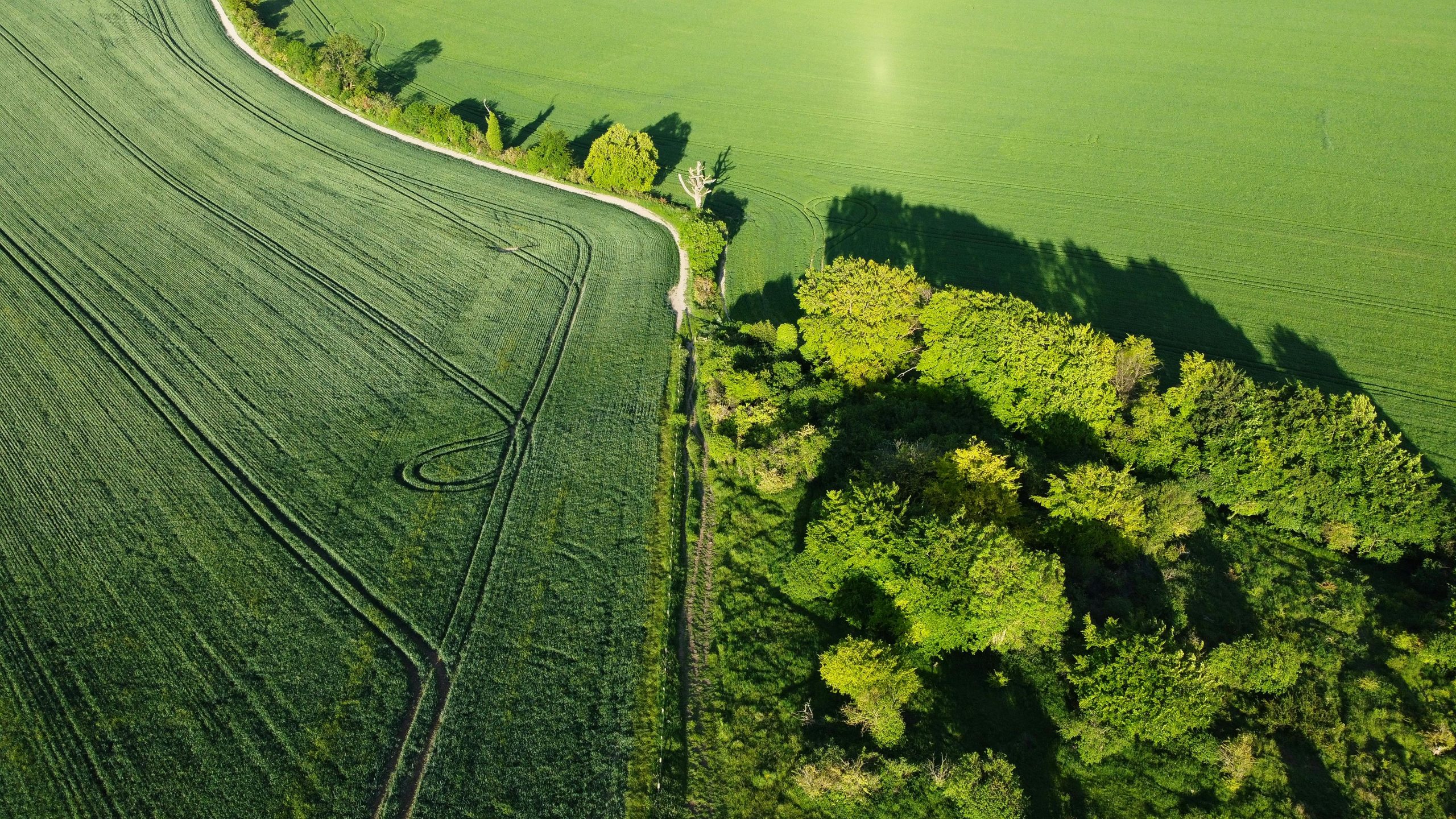KZT 16.1 trillion, or 12% of the country’s GDP, was contributed by Kazakhstan’s mining sector to the economy: data from the AIFC analytical report

The global market is rapidly shifting towards growing demand for critical minerals. To meet the surging demand of the world economy, the global mining industry is projected to require at least USD 2.1 trillion in investment by 2050. These funds are essential to ensure a sustainable energy transition, diversify supply chains, and create new mining and processing capacities.
In the context of the global energy transition, demand for lithium, cobalt, rare earth metals and copper will multiply over the next two decades. Demand for lithium alone may grow 42-fold by 2040[1], according to the International Energy Agency.
In 2024, Kazakhstan’s mining sector accounted for more than 12% of the country’s GDP (KZT 16.1 trillion) and one third of exports, while the volume of foreign direct investment in the industry reached USD 3 billion – twice as much as five years ago. With its rich resource base, favourable geographic location, and stable political climate, Kazakhstan has all the prerequisites to strengthen its position as a leading supplier of critical minerals.
However, to fully unlock this potential, it is important for the country to maintain momentum and consistency in addressing existing systemic constraints. This conclusion is presented in the analytical report “Kazakhstan as a Minerals Investment Hub: Unlocking Potential through the AIFC”. The report provides a comprehensive analysis of the mining sector’s current state, key challenges, and opportunities for attracting investment to Kazakhstan through the Astana International Financial Centre.
Kazakhstan’s Mineral Profile:
Uranium. Kazakhstan accounts for more than 40% of global uranium production. Its resource base represents about 14% of global reserves (ranking second worldwide). In 2024, exports totalled around 28 thousand tonnes, worth USD 4.6 billion. Russia and China accounted for 78% of these exports.
Copper. Kazakhstan is among the world’s top 10 copper producers (3.2% global market share). Copper ore production has grown by more than 30% since 2020, reaching approximately 740 thousand tonnes of copper concentrate in 2024. Key export markets include China, the European Union, and Türkiye.
Zinc. In 2024, Kazakhstan ranked 9th globally in zinc reserves – around 7.6 million tonnes. The main export destinations were China, Russia, Vietnam, and Türkiye. During 2024, Kazakhstan exported 247 thousand tonnes of zinc worth USD 651 million.
Silver. Silver production in 2024 reached 1,000 tonnes, doubling compared with 2020, bringing Kazakhstan’s share of global production to 4%. More than 70% of exports went to the United States and the United Kingdom, followed by Switzerland, the UAE, and India.
Aluminium. In 2024, Kazakhstan entered the top 10 countries by bauxite reserves (1% of global volume). The main export destinations in 2024 included Azerbaijan, Poland, China, Italy, and Bulgaria.
Gold. Kazakhstan ranks 14th globally by gold reserves. Production has increased by 30% since 2020, reaching 130 tonnes in 2024. Over the year, Kazakhstan exported 6 tonnes of gold, primarily to the Kyrgyz Republic and Russia.
Nickel. According to Kazakh Invest, Kazakhstan ranks among the top 20 countries by nickel reserves (1.5 million tonnes, or 2% of global reserves). Exports are mainly directed to Germany, Lithuania, and Latvia.
Rare Earth Metals. Kazakhstan has designated rare and rare earth metals as a strategic focus, approving the 2024–2028 Comprehensive Plan for the Development of the Rare and Rare-Earth Metals Industry. The document allocates around KZT 2.4 billion for geological exploration, research and development (R&D), and pilot production of rare earth elements (REEs). At the current stage, REE production volumes remain limited, with export activity declining in 2024.
Key Findings of the Report
Building on its substantial resource base, Kazakhstan retains significant potential for the sustainable expansion of mining output and the gradual development of new metallurgical segments with growing export capacity. A comparative analysis of leading mining nations – Canada, Australia, Chile, and Indonesia – shows that to remain competitive, Kazakhstan must continue improving its regulatory framework and supporting its financial ecosystem. What needs to be done?
- Formulation of an integrated strategy for critical minerals. Following the example of Canada’s critical minerals strategy or Chile’s copper and lithium plan, Kazakhstan should consider developing a dedicated strategy for rare and rare-earth metals. This would combine exploration, processing, and export objectives with defined KPIs, financing mechanisms, and industrial policy tools.
- Enhancing incentives for geological exploration and further increasing transparency in licensing (simplification of procedures).
- To attract international capital, it is important for Kazakhstan to strengthen the infrastructure and institutions that support mineral exploration and processing. Key priorities include improving financing mechanisms for geological exploration and developing infrastructure for raw material processing.
- Developing domestic processing and creating added value.
Investment should be encouraged in enrichment and processing capacities, as well as in the development of intermediate stages of the value chain. This could be achieved through public-private partnership mechanisms, the AIFC platform, or other relevant initiatives. - Developing capital markets through the AIFC. The Astana International Exchange (AIX) plays a key role in attracting investment into the mining sector, taking ESG principles into account. For junior companies, AIX has introduced special simplified listing rules, enabling them to raise capital for further development.
- Integrating ESG, social, and environmental standards at early stages. The introduction of ESG principles at the initial stages of geological exploration will help reduce project risks and enhance long-term sustainability.
- International cooperation and branding. Canada and Australia actively participate in global alliances on critical minerals in partnership with the United States, the European Union, and Japan. Strengthening Kazakhstan’s established reputation as a reliable supplier of critical minerals will require the continued development of transparent and investor-friendly rules and instruments.
The Role of the AIFC
The Astana International Financial Centre (AIFC) serves as the central platform for attracting international investment into Kazakhstan’s mining sector. The Centre combines legal, financial, and institutional infrastructure, providing companies with access to capital and modern financial instruments, offering:
- a special legal regime through the independent AIFC Court and International Arbitration Centre;
- access to capital via the Astana International Exchange (AIX), offering companies efficient tools for raising investment;
- a favourable corporate environment, including a special tax regime, residency and currency regulation for licensed companies, and an Expat Centre operating on a “one-stop-shop” basis;
- opportunities for deal structuring, establishment of joint ventures, and more.
These factors collectively create the conditions for Kazakhstan to strengthen its position among the world’s leading and reliable suppliers of critical minerals.
The report was prepared by experts from the Astana International Financial Centre Authority (AIFC Authority) in cooperation with GWM Capital Ltd. For more information, please follow the link to the full report.
Reference:
The Astana International Financial Centre (AIFC) is a leading financial hub in the Eastern Europe and Central Asia region, designed to connect global capital with the vast opportunities of emerging markets. Positioned at the crossroads of Europe and Asia, the AIFC combines international best practices with innovative approaches to create a world-class platform for investment, business, and financial services. Since its establishment in 2018, the AIFC has attracted over USD 18.2 bln in investments into Kazakhstan’s economy. Over 4500 companies from 88 countries, including the USA, the UK, China, Turkiye, the Republic of Korea, Singapore, and others, are registered within the AIFC’s jurisdiction. www.aifc.kz
AIFC Media Relations
Ainur Issabayeva, Press secretary
Phone: +7 701 777 6558
E-mail: [email protected]
[1] https://www.iea.org/reports/the-role-of-critical-minerals-in-clean-energy-transitions

